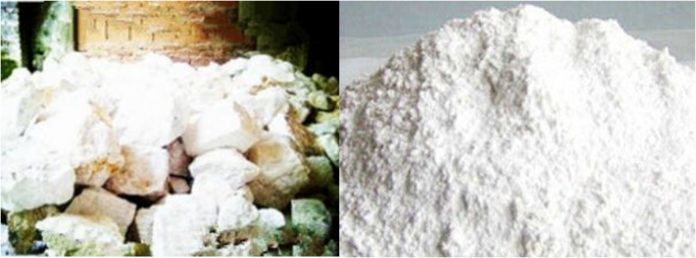
Whenever I am asked by homeowners what is the simplest thing they can do to reduce energy use to cool their homes in the summer, I tell them to paint their roofs white. That’s what’s happening in New York City where 930,000 square metres (more than 10 million square feet) of rooftops have been painted white.
Project Drawdown, a global program designed to arm communities with the tools to mitigate climate change, talks about green and cool roofs. Green roofs involve applying soil and plants to rooftops for living insulation. Cool roofs use white paint to reflect up to 80% of the solar energy received back into space.
If we were to start painting the world’s roofs white now at a rate of 8 to 10% of the total annually and were to install green roofs at a slighter higher rate of 9 to 11% annually, by 2050 between 47 and 75 billion square metres (506 to 807 billion square feet) would be covered states Project Drawdown. The combination would reduce carbon emissions by between 0.6 and 1.1 gigatons. And lifetime operating savings on heating, cooling and maintenance would amount to between $330 and $593 billion US.
These calculations have been done with the current reflective white paints bouncing back 80% of the sunlight. But what if the reflective efficiency of the paint were to be improved? The pursuit of an inexpensive reflective technology in the form of paint has been undertaken by researchers at Purdue University in Indiana. They have created white paint that reflects 98.1% of sunlight. The paint is considerably better than anything on the market today and could become a practical way for homes and buildings to stay cool.
Xiulin Ruan is a Mechanical Engineer from Purdue University and co-author of the new study that describes the paint’s properties. He and his associates call their invention, Ultrawhite BaSO4. They describe their discovery in an April 15th, 2021 issue of the ACS Applied Materials & Interfaces Journal.
As reported by Scientific American, Ruan has stated, “Our model shows if you’re in, say, Reno, Nevada, or Phoenix, Arizona, you can save up to 70 to 80% on air conditioning in the summer” just by painting a home roof of 90 square metres (1,000 square feet) with their paint. If the building were to be clad in its entirety by the paint, it could even bleed heat away from the structure.
The key ingredient in the paint is barium sulphate nanoparticles in various sizes. The variety contributes to the scattering of light wavelengths. The materials are relatively inexpensive to produce and the paint can easily be commercialized. Ruan and his team have patented their formula and hope to bring it to market in the next two years. He noted, “it is a very affordable nanotech.”
In a separate BBC interview, Ruan states, “We estimate we would only need to paint 1% of the Earth’s surface with this paint — perhaps an area where no people live that is covered in rocks, and that could help fight the climate change trend.”
Barium sulphate is a powder derived from the mineral barite. Today it is primarily used as a compound added to fracking mud. Commercial deposits of the mineral are found in the United States, China, India, and Morocco.








